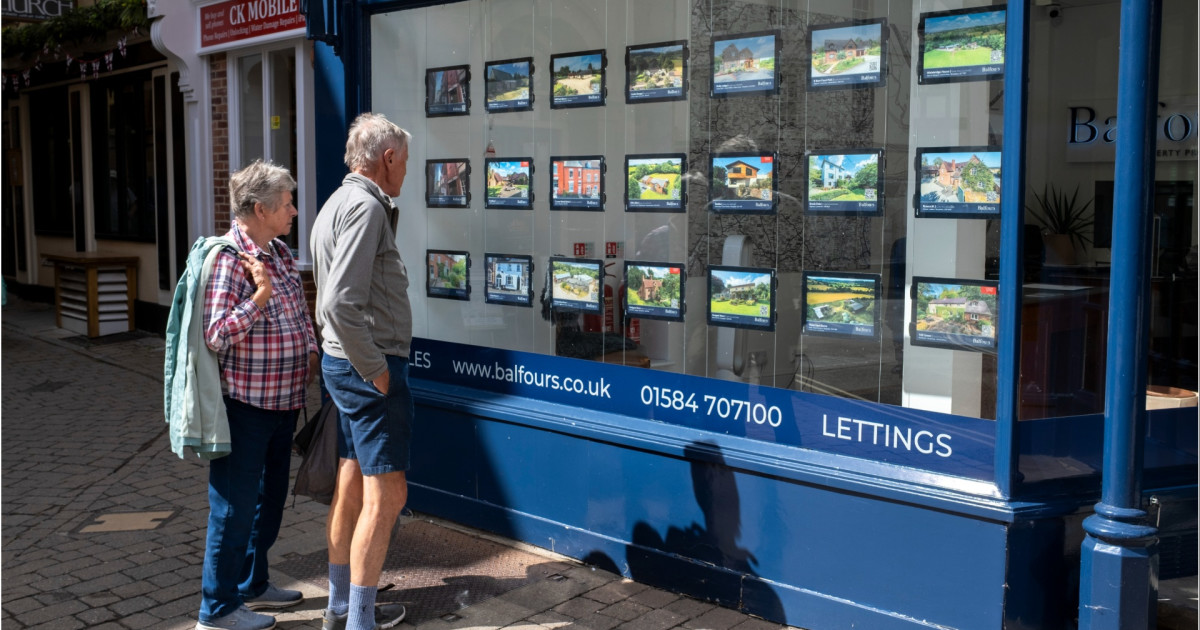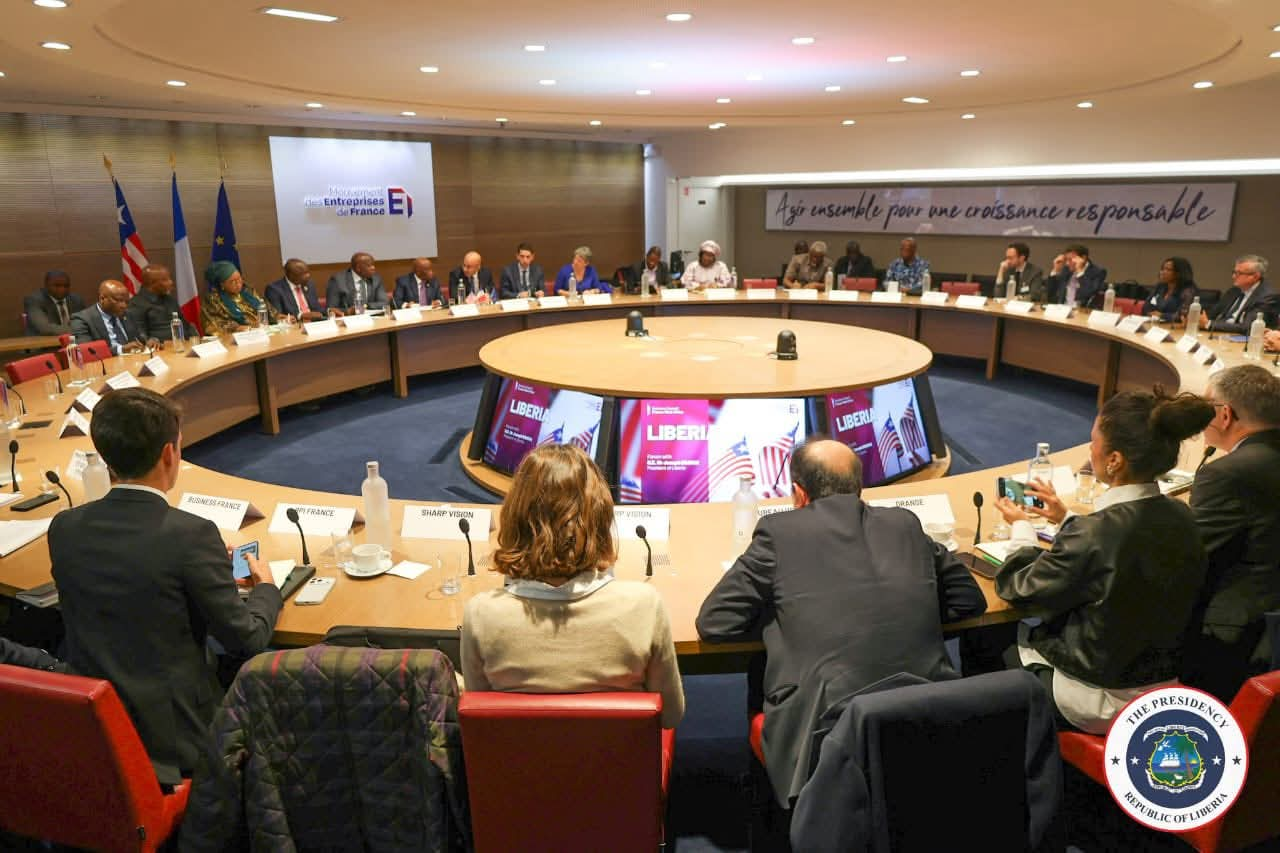Copyright Men's Journal

With the idea of a “50-year mortgage” being floated amid concerns that younger people can’t afford to buy houses, it’s worth taking a look at the pros and cons. Generally, conventional mortgages span 30 years. Housingwire calculated the savings on a $300,000, $400,000, and $500,000 house if the term is extended to 50 years. To state the obvious, the “longer fixed-rate amortization on mortgage loans would lower monthly payments,” that site reported. But how much? According to Housingwire: The principal and interest payment on a 30-year fixed mortgage for a $300,000 home would be $1,529, and $1,366 when the term is extended to 50 years. On a $400,000 house, the principal and interest are $2,038 at 30 years and $1,822 at 50 years. On a $500,000 home, the first figure is $2,548, and the 50-year is $2,277. There Is a Downside to a 50-Year Mortgage Although people do save money when a term is extended to 50 years, Housingwire noted that the savings decrease from a 40-year to 50-year mortgage; homeowners aren’t building as much equity, so “at some point, the savings are minimal.” According to the Hill, the suggestion comes as people are searching Google for the phrase “help with mortgage” more than at any time since 2009, and adjustable-rate mortgages are at their “highest share in nearly two years.” Redfin found that the median American spends 38.4 percent of their income each month on mortgage payments, according to The Hill. Experts Extol the Benefits of 30-Year Fixed Mortgages Marketplace.org explained how the 30-year mortgage became the standard for investors and homebuyers. One expert told that site that about 90 percent of homebuyers choose that mortgage option. “The 30-year fixed-rate mortgage is the engine that drives homeownership in the United States,” said Vanessa Perry, professor and interim dean of the business school at George Washington University, to Marketplace.org. “Not only does the math work for homebuyers, the math also works for investors.” “It really is the best of all possible worlds,” said Mike Fratantoni, chief economist at the Mortgage Bankers Association, to the site. “It locks the principal and interest portion of the payment over a long period of time. Should rates drop, it’s pre-payable without a penalty. So it provides both stability and flexibility.” The concept of the 30-year-old mortgage was born in the wake of the Great Depression and pushed by the Franklin D. Roosevelt administration, Marketplace.org reported. People didn’t have lengthy mortgages before that point, necessitating more borrowing, which didn’t work when banks started failing during the Depression era. However, only 65 percent of Americans own their homes, a much lower rate than in many other countries, Marketplace.org reported. Interest rates remain a concern. “On Sunday, November 09, 2025, the current average interest rate for a 30-year fixed mortgage is 6.26%,” reported Bankrate. The highest average rate came in 1981, and the lowest in 2021, Bankrate added. According to Bankrate, the 30-year fixed mortgage brought millions of people into homeownership. “Until the Federal Housing Administration (FHA) was established in 1934, only one in 10 Americans even owned a home,” the site explains.



